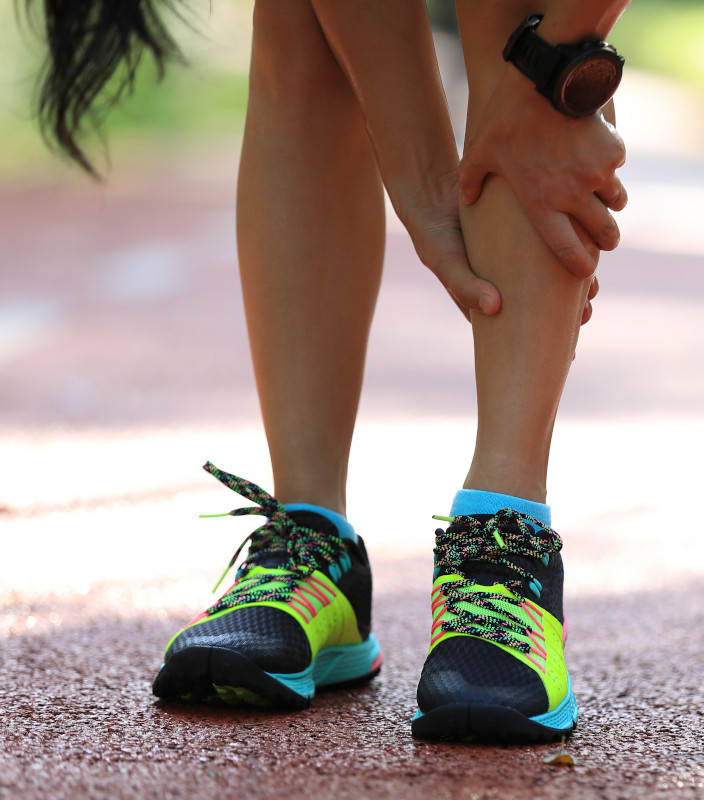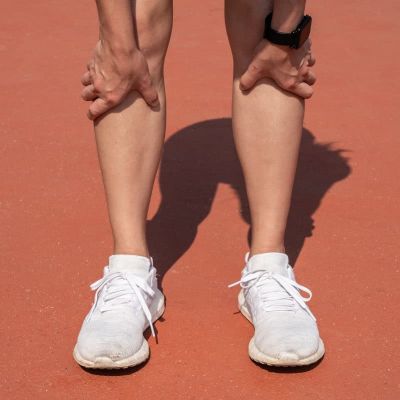Shin Splints Injury
One of the most common athletic injuries a Podiatrist may see in their office is a condition called shin splints. We can help you with your sports injury treatment if you are suffering from shin splints.
WHAT ARE SHIN SPLINTS?
Shin splints, also known as medial tibial stress syndrome, is a condition in which the connective tissue that attaches your muscles to your bone becomes inflamed. This causes pain and tenderness when you touch the front of your shin. You may also feel sore when you are walking or running.
WHAT DO SHIN SPLINTS FEEL LIKE?
Shin splints most commonly cause pain on the front of the legs, over the shin. You may feel sharp pain in this area or a dull-throbbing type pain. You also may feel the pain both during and after exercise. Shin splints tend to feel worse when you directly touch the sore spot on your leg.
WHAT CAUSES SHIN SPLINTS?
Shin splints injury can be caused by many different factors. They are usually associated with high impact activities, such as running. Also, if you are new to exercise, you may be more likely to get shin splints. One of the most common conditions that can result in painful shin splints, is having flat feet. Flat feet can cause over pronation when running, which means you run on the inside of the feet. This can cause abnormal stress and strain on your tendons and muscles, resulting in inflammation. Shin splints can also occur when you do not properly stretch or warm up before exercise. In addition, weak muscles around your lower legs and ankles can result in shin splints. Lastly, the problem may be as simple as your shoes. If you are wearing shoes that are non-supportive, or worn out, you may be more predisposed to injury.

WHO IS AT RISK FOR SHIN SPLINTS?
Shin splint injuries are most commonly seen in runners, dancers and military recruits. They are often associated with a change in frequency or duration of exercise. Weekend warriors may also be at higher risk. In addition, if you have flat feet, you may be more likely to get shin splints.
HOW ARE SHIN SPLINTS INJURY TREATED?
It is important to refrain from running or participating in any high impact activity until you feel better. Take time to rest. You may benefit from switching your activity to a lower impact exercise, such as swimming or biking, while you rest and recover. In addition, ice is a natural anti-inflammatory. Spend time icing the area for 20 minutes every four hours until the pain subsides. If the pain persists, you may take an anti-inflammatory if your doctor thinks this is safe for you. When you are ready to return to running or your usual activities, see your sports Podiatrist for an orthotic evaluation. This can help to prevent future shin splints and other injuries. If pain does not improve after three days, it is important to see your Podiatrist to rule out other injuries. Your Podiatrist might take an x-ray and perform a gait and muscle strength analysis to help get you back on track.
WHAT IF I KEEP GETTING SHIN SPLINTS?
Some people suffer from recurrent shin splints injuries. If this occurs, it is important to have a gait analysis from your Podiatrist to see if you will benefit from orthotics, a special insert to fit into your shoe. In addition, your Podiatrist may have you begin a physical therapy regimen to help stretch and strengthen your lower extremity muscles. Rarely, persistent shin splints can turn into a stress fracture, which is a small break in your bone. Your Podiatrist will discuss how to prevent this from happening.
Shin Splints
As usual, the doctors at Certified Foot and Ankle Specialists are here to help you and discuss any concerns you may have. If you think you may have shin splints and they are not improving, make an appointment with one of our Podiatrists and we will be happy to help get you back on your feet, pain-free!


